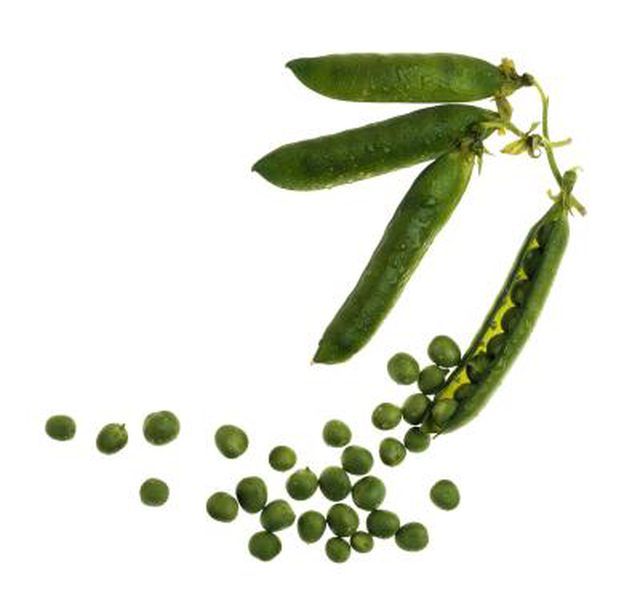Bulbs
Flower Basics
Flower Beds & Specialty Gardens
Flower Garden
Garden Furniture
Garden Gnomes
Garden Seeds
Garden Sheds
Garden Statues
Garden Tools & Supplies
Gardening Basics
Green & Organic
Groundcovers & Vines
Growing Annuals
Growing Basil
Growing Beans
Growing Berries
Growing Blueberries
Growing Cactus
Growing Corn
Growing Cotton
Growing Edibles
Growing Flowers
Growing Garlic
Growing Grapes
Growing Grass
Growing Herbs
Growing Jasmine
Growing Mint
Growing Mushrooms
Orchids
Growing Peanuts
Growing Perennials
Growing Plants
Growing Rosemary
Growing Roses
Growing Strawberries
Growing Sunflowers
Growing Thyme
Growing Tomatoes
Growing Tulips
Growing Vegetables
Herb Basics
Herb Garden
Indoor Growing
Landscaping Basics
Landscaping Patios
Landscaping Plants
Landscaping Shrubs
Landscaping Trees
Landscaping Walks & Pathways
Lawn Basics
Lawn Maintenance
Lawn Mowers
Lawn Ornaments
Lawn Planting
Lawn Tools
Outdoor Growing
Overall Landscape Planning
Pests, Weeds & Problems
Plant Basics
Rock Garden
Rose Garden
Shrubs
Soil
Specialty Gardens
Trees
Vegetable Garden
Yard Maintenance
How to Make a Punnett Square for a Self-Fertilized Plant
How to Make a Punnett Square for a Self-Fertilized Plant. Often there is more than one variant of a gene in a given population; these variants are called alleles. Punnett squares are a simple visual aid to help you calculate the proportion of offspring from a cross with a specific combination of alleles. Drawing up a Punnett square for a...

Often there is more than one variant of a gene in a given population; these variants are called alleles. Punnett squares are a simple visual aid to help you calculate the proportion of offspring from a cross with a specific combination of alleles. Drawing up a Punnett square for a self-fertilized plant is especially easy because you already know what must be on both the top and the side of the square, so the rest just involves filling in the square itself.
Things You'll Need
Pencil & paper
Draw a square on your paper and divide it into four equal squares by drawing two more lines. Your square now has two rows by two columns.
Write one of the two alleles the plant possess at the top of each column. For every given gene in its genome, the plant will have two alleles, one of which is inherited from the paternal line and the other inherited from the maternal line. These alleles may be identical, in which case the plant is homozygous for that gene, or they may be different, in which case the plant is heterozygous for that gene. If the plant inherited two alleles of a given gene, and one of these is represented by an upper-case "R" for a dominant trait while the other is represented by a lower-case "r" for a recessive trait, for example, you would write "R" above one column and "r" above the other.
Write the same two alleles next to each row in the square.
Fill in each of the four boxes in the square by writing the allele for that row together with the allele for that column. For example, if you have a self-fertilized plant with alleles R and r, one box would end up with RR, another with rr, and two more with Rr. Once all four boxes are full, you have completed your Punnett square. The results indicate the expected ratios of allelic combinations in the offspring.
Tips & Warnings
Note that the only real difference between a Punnett square for a self-fertilized plant and a Punnett square for a normal cross is that the genotype or combination of alleles for both parents is the same because the same plant serves as both "mother" and "father."